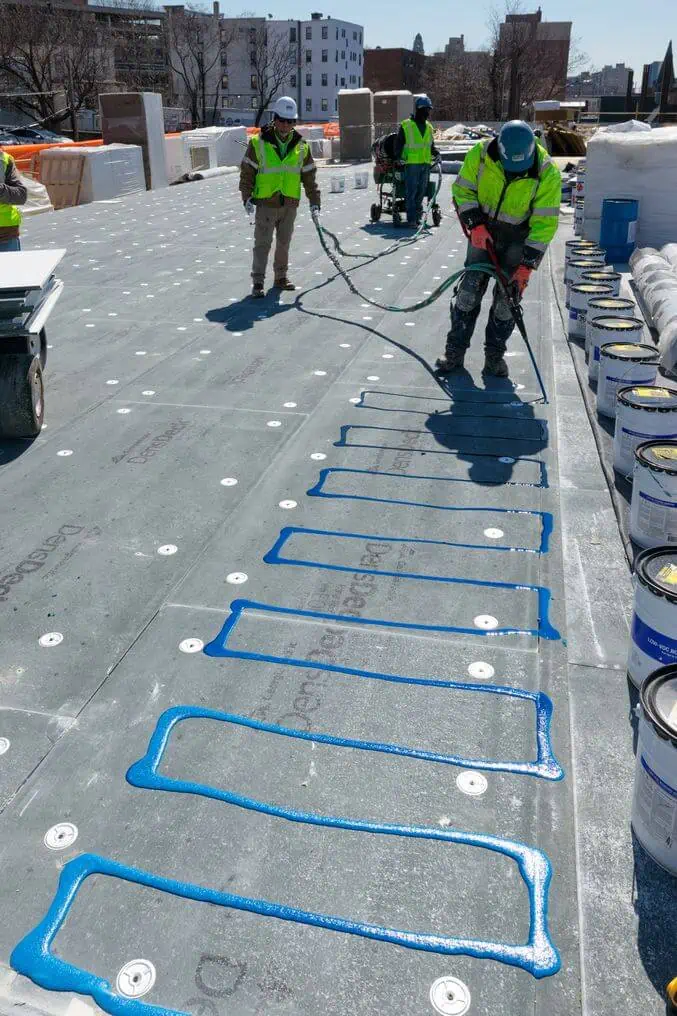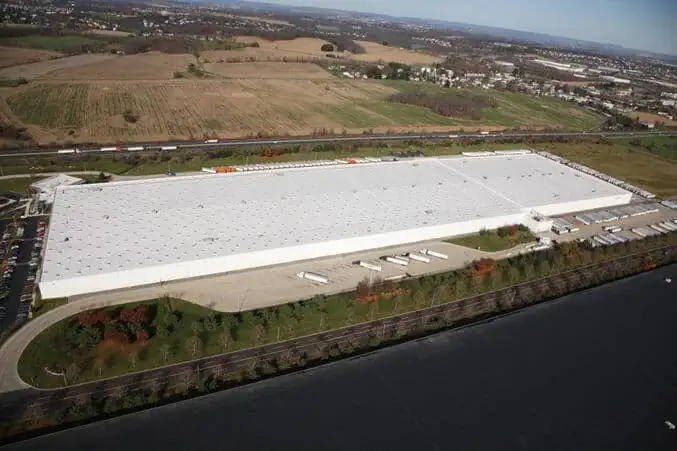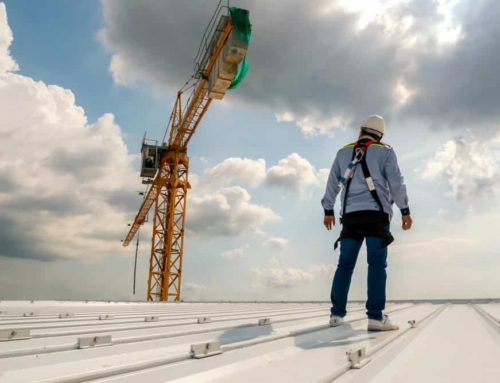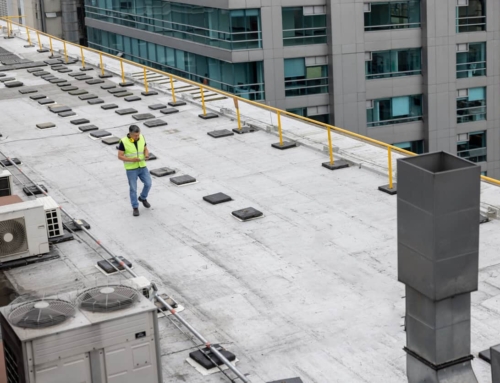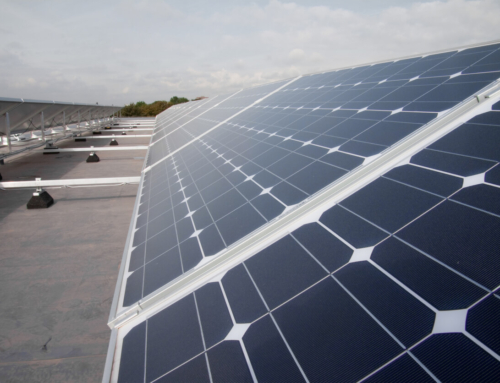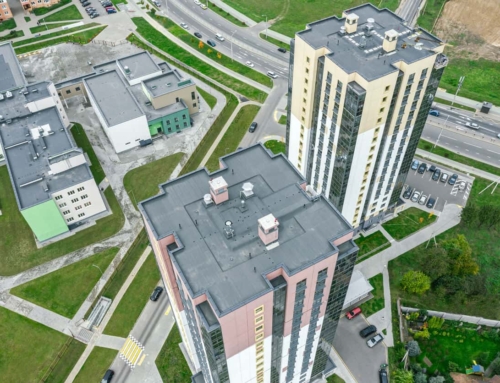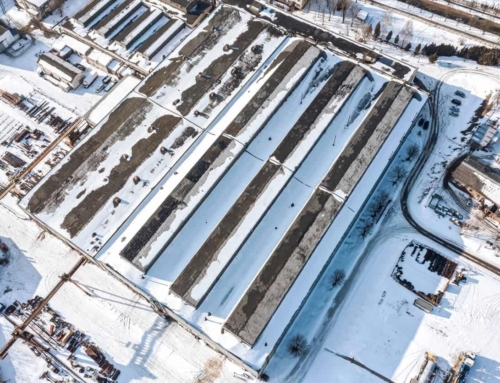When installing roofing for warehouses, several important factors must be considered to ensure durability, safety, and efficiency. Here are five key things to keep in mind when installing a warehouse roof.
Contents
Finding a Roofing System for a Warehouse
When you’re replacing your existing roofing structure, you need to depend on expert advice for the best outcomes. Contact your region’s commercial roofing experts for a consultation.
Here are five of the factors that are considered when roofing commercial and industrial buildings.
-
Material selection
Warehouses typically require robust roofing materials capable of withstanding various weather conditions and potential impacts.
Single-ply roof systems are the most common type of material using TPO, PVC, and EPDM. These materials are incredibly flexible and robust materials that resist peeling, cracking, and other types of weathering. Modified bitumen roofing and built-up roofing systems have multiple layers and respond well to extreme temperatures. Consider durable materials such as metal roofing, which offers longevity, resistance to fire, and minimal maintenance requirements. There are pros and cons to metal roofs, built-up roofs, and single-ply roofing that must be considered when selecting a material. But other factors must also be examined.
-
Structural design
Ensure that the roofing system is compatible with the structural design of the warehouse. The roofing installation must adhere to state and local building codes and regulations to guarantee structural integrity and safety. Consult with structural engineers or roofing professionals to assess the load-bearing capacity of the types of warehouse roofing and select appropriate materials and installation methods.
-
Waterproofing and drainage
Effective waterproofing protects warehouse contents and maintains a dry interior environment. Incorporate proper waterproofing membranes, sealants, and flashing to prevent water infiltration. Additionally, ensure adequate drainage systems by installing gutters, downspouts, and slope systems to efficiently channel rainwater away from the roof and building foundation.
-
Energy efficiency
Consider incorporating energy-efficient roofing solutions to minimize heating and cooling costs within the warehouse. Reflective roofing materials, such as white membranes or coatings, can help reduce solar heat gain and lower indoor temperatures during hot weather. Proper insulation beneath the roofing system can also improve thermal performance and enhance energy efficiency.
-
Maintenance and accessibility
Plan for easy access to the warehouse roofing membrane for routine inspections, maintenance, and repairs. Install safety features such as roof hatches, access ladders, skylight guards, and walkways to facilitate safe access for maintenance personnel. Implement a regular maintenance schedule to address any issues promptly and prolong the roofing system’s lifespan.
We understand this is a simplistic view of the essential features of warehouse roofing systems. Within each category of roof types, there are subcategories to consider (such as aluminum roofing, steel roofing materials, zinc roofing, or galvanized steel.) You also need to consider reflectivity and corrosion resistance – and how to ensure the roof is properly installed.
For the most accurate commercial roofing material advice in the U.S. and reliable installation practices, consult Nations Roof. The leadership at Nations Roof has decades of experience in the commercial roofing industry, and we are happy to schedule an inspection and consultation with you to discuss your warehouse roofing needs. Contact us today for more information.
Key Takeaways: Selecting a System for a Warehouse Roof
- There’s more to consider than cost when selecting a roofing system for warehouses and other types of commercial buildings.
- Structural engineers and roofing professionals must consider the structural design of the roof.
- Waterproofing and drainage must be planned to keep the warehouse’s contents safe and dry.
- The building’s ecological footprints must be considered.
- Consider the maintenance and accessibility needs when selecting a roof system and design.

